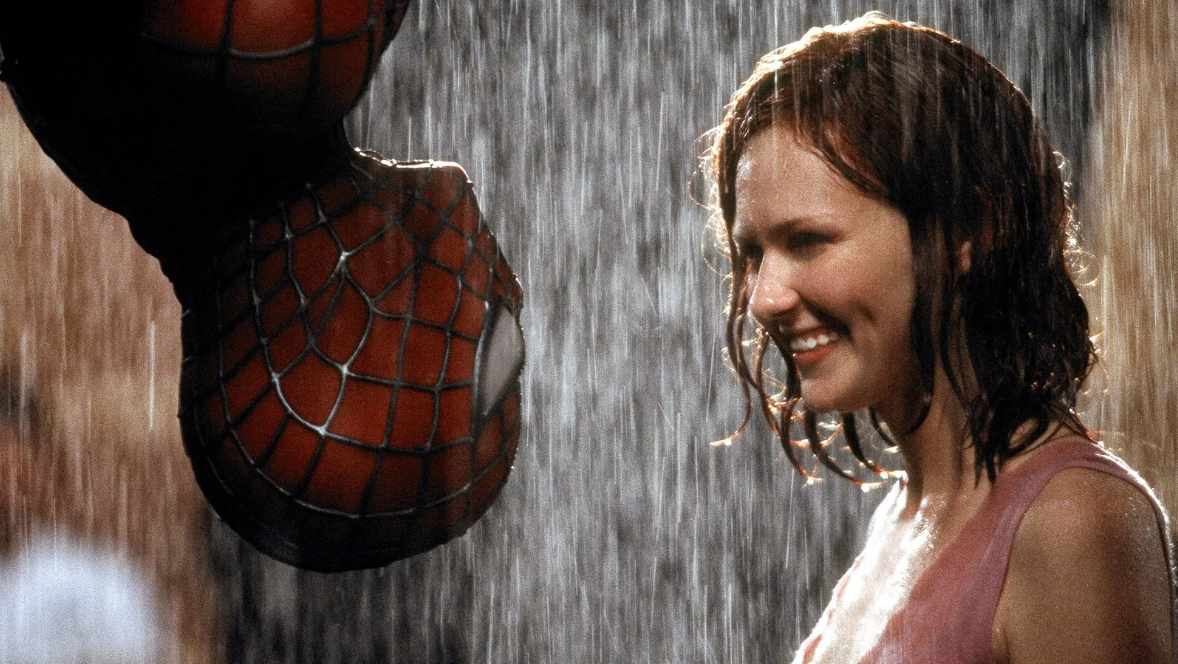
©Alamy via BBC
Pre-reading questions:
- What is your all-time favorite movie? Please tell me more about it.
- Which do you prefer, watching movies or reading comic books? Why?
Vocabulary:
- sequel /SEE-kwuhl/
- prompt /prompt/
- interchangeable /in-ter-CHEYN-juh-buhl/
- collage /kuh-LAHZH/
- genre /ZHAN-ruh/
[noun] – a book, film, or play that continues the story of a previous book, etc.
Peter has started on the sequel of his novel.
[verb] – to make something happen
His suspicious answer prompted another question from the police.
[adjective] – able to be exchanged with each other without making any difference or without being noticed
The eyeglasses given to me have interchangeable lenses.
[noun] – a picture in which various materials or objects, for example, paper, cloth, or photographs, are stuck onto a larger surface
The children used images from old magazines to make a collage.
[noun] – a style, especially in the arts, that involves a particular set of characteristics
Mr. Brown is a talented artist. He can produce high-quality films of different genres.
Article reading:
James Hunt of the Cinematic Universe podcast points out that Sam Raimi’s films impacted what comic-book movies are now, for all the good and bad that involves. Spider-Man benefited from Raimi’s own visual style: it prompted a sense of nostalgia for comic books, something the Marvel Cinematic Universe (MCU) films have tried and failed to do, with so much computer-generated imagery (CGI) and an interchangeable house style. It has a cartoonish look and uses techniques like montage and superimposition. A changing collage of images illustrates Peter Parker’s early development of the Spider-Man costume, which is the silver screen’s reaction to comic books’ visual language. Raimi’s mastery of various genres leads to the film’s vast sequence of events, which should not make sense when put together but does. “Raimi was the one director who really understood that Spider-Man is simultaneously a romance, a comedy, a horror, a sci-fi, and an action franchise, and he shot it like it was all of those things with a coherence we’ve not seen since”, Hunt notes.
Studio conflicts led the plans for a fourth Spider-Man film to be postponed. But the trilogy remains unique in today’s world of comic-book movies, gathering characteristics that have since been forgotten.
Comprehension questions
- What did James Hunt say about Sam Raimi’s films?
- According to the article, what did Spider-Man benefit from Raimi’s own visual style?
- What does Raimi’s Spider-Man have?
- What illustrates Peter Parker’s early development of the Spider-Man costume?
- Why were the plans for a Spider-Man film postponed?
Discussion questions
- What genre/s of comic books do you enjoy reading?
- Please tell me the plot of your favorite superhero movie.
- If you were a superhero, what power/s would you like to have? Why?
- Is the Spider-Man movie popular in your country?
- Why do you think people are hooked on long-running movies?